On August 15, the Central Obstetrics Hospital announced that the pregnant woman NTD (28 years old, from Phu Tho, weighing 178 kg) was 37 weeks pregnant with her first child, suffering from obesity, preeclampsia, and diabetes, and was transferred from Vinh Phuc Obstetrics and Pediatrics Hospital in a high-risk condition for both mother and fetus.
It is known that Ms. D has a metabolic disorder that leads to uncontrolled weight gain, her weight before pregnancy was about 140 kg and she gained 38 kg during pregnancy. With a large weight combined with preeclampsia and diabetes, normal birth is almost impossible. Even the option of cesarean section has a series of potential dangers in anesthesia, surgery and post-operative resuscitation.
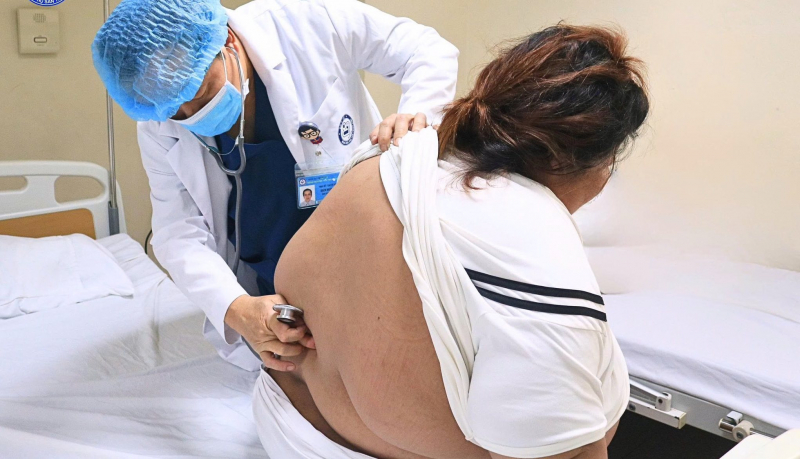
Realizing that delaying the cesarean section could worsen the prognosis for the mother and fetus, anesthesiologists and obstetricians urgently consulted and decided to perform an emergency cesarean section, while developing a detailed and rigorous plan, ready for two scenarios including regional anesthesia or endotracheal anesthesia.
According to MSc.BSCKII Bach Minh Thu - Head of the Department of Surgery, Anesthesia and Resuscitation, for obese patients, the thick layer of fat makes the existing anesthetic needle almost not long enough, so the risk of regional anesthesia failure is very high even with the support of ultrasound.
Therefore, after spinal anesthesia was no longer feasible, the team quickly switched to the fully prepared endotracheal anesthesia plan.
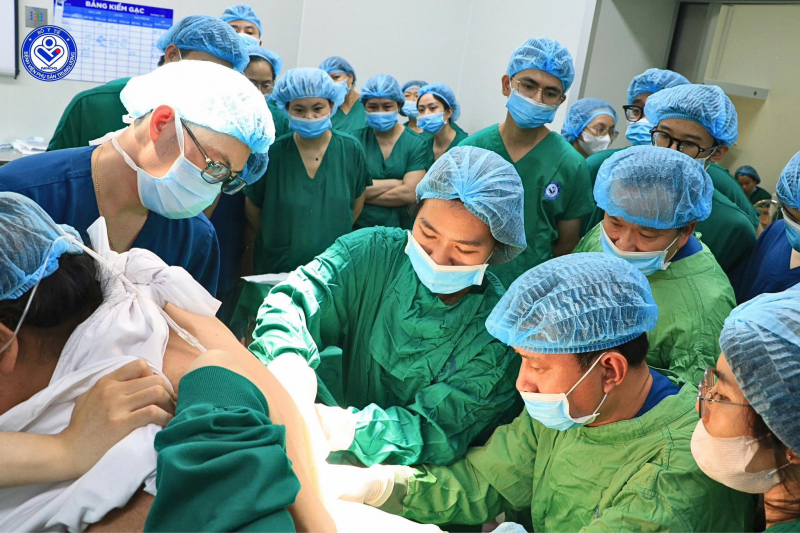
Dr. Dang Quang Hung - Deputy Head of the Department of Obstetrics and Gynecology, said: “The most difficult thing when performing surgery is that the abdominal wall is very thick, making it difficult to access the uterus and remove the fetus. The prolapsed abdominal fat tissue makes the surgeon's operations much more difficult. On the background of high blood pressure and diabetes, the risk of surgical site infection and postoperative complications also increases significantly. During surgery, the large abdominal fat mass and fetal compression increase the risk of cardiopulmonary complications. Therefore, the surgery requires a smooth coordination between anesthesia and surgery to quickly and safely remove the fetus, while "releasing" the hemodynamic burden on the mother."
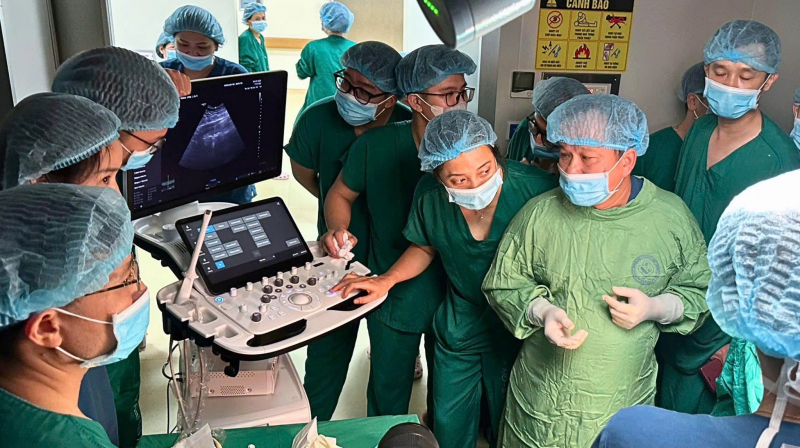
After nearly 1 hour, the surgery was successful. The baby boy weighed 3.4 kg, was rosy, cried loudly, and was transferred to the Neonatal Center for monitoring immediately after birth. However, on the mother's side, although hemodynamics were stable, she still faced many respiratory risks, so she was closely monitored in the post-operative room.
According to MSc. Dr. Hoang Thi Ngan, Department of Anesthesia and Resuscitation Surgery, release from anesthesia and extubation in obese patients requires strict control because of the high risk of collapsed lungs and reduced ventilation. After extubation, the mother is supported with non-invasive positive pressure ventilation and breathing exercises to optimize blood oxygenation.
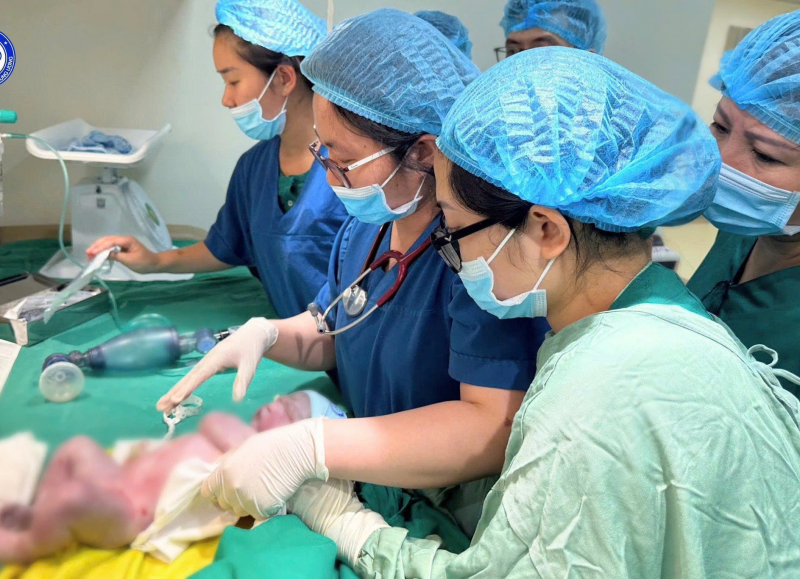
Doctors said this success was the result of experience, smooth coordination and the steely spirit of the entire team, from risk assessment, anesthesia planning, surgical techniques to post-operative care.
Doctors recommend that women with obesity or metabolic disorders should be examined and counseled before pregnancy, develop a plan to control weight, blood pressure and blood sugar, and have a reasonable diet and lifestyle.
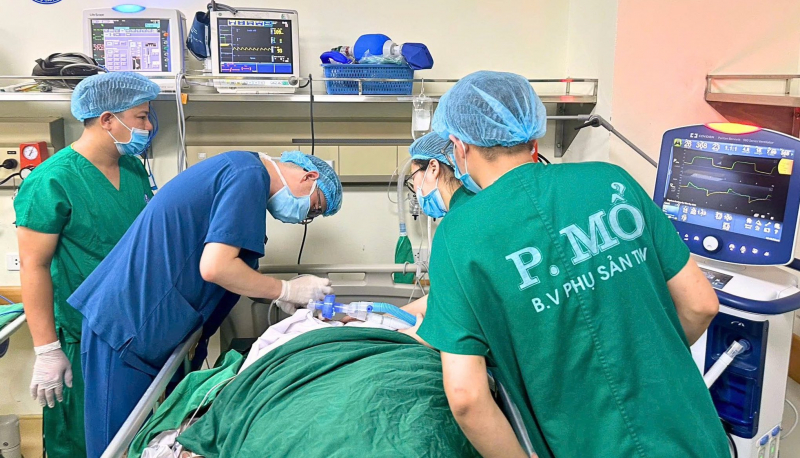
During pregnancy, it is necessary to have regular check-ups on schedule, follow nutrition and exercise instructions according to professional guidance and consult a doctor early if there are any unusual signs (edema, rapid weight gain, headache, visual disturbances, high blood pressure, etc.). Being examined and consulted from the beginning as well as promptly transferring to a specialized facility when there are risk factors will help ensure maximum safety for the mother and newborn.
Source: https://cand.com.vn/y-te/ca-mo-lay-thai-can-nao-cho-san-phu-nang-gan-200kg-i778134/





![[Photo] President Luong Cuong receives Finnish Ambassador to Vietnam Keijo Norvanto](https://vphoto.vietnam.vn/thumb/1200x675/vietnam/resource/IMAGE/2025/8/15/9787f940853c45d39e9d26b6d6827710)





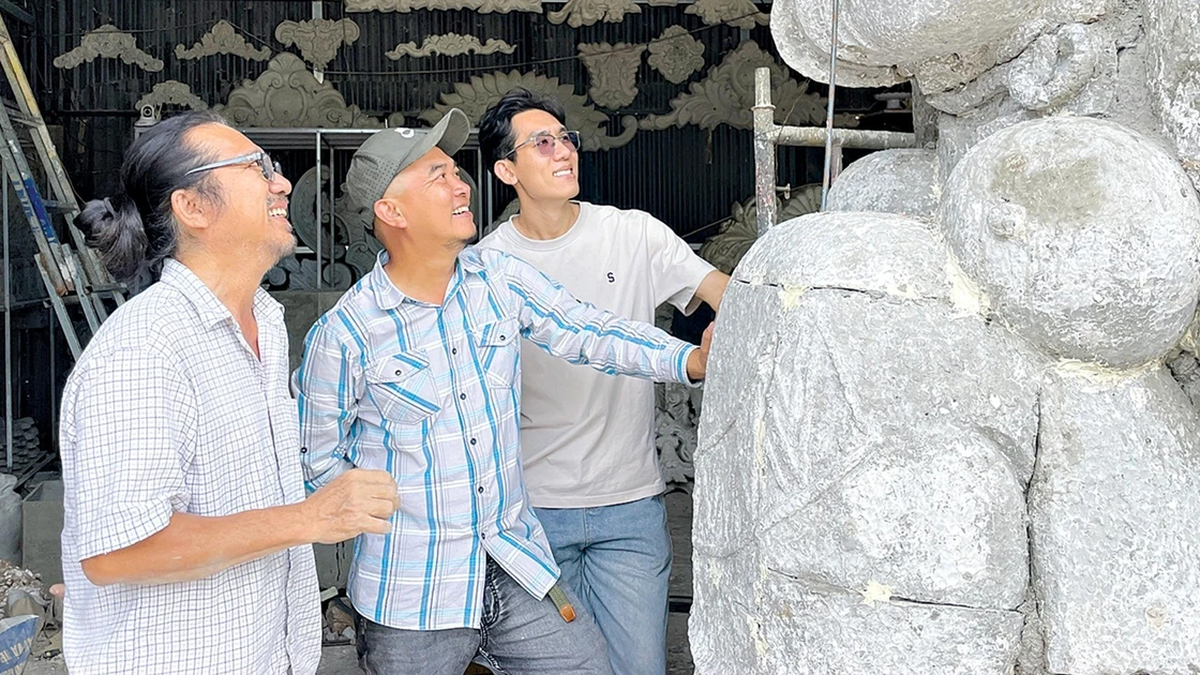










![[Photo] Firmly marching under the military flag: Ready for the big festival](https://vphoto.vietnam.vn/thumb/1200x675/vietnam/resource/IMAGE/2025/8/15/86df2fb3199343e0b16b178d53f841ec)


![[Photo] Binh Khanh Bridge Ho Chi Minh City is ready to reach the finish line](https://vphoto.vietnam.vn/thumb/1200x675/vietnam/resource/IMAGE/2025/8/14/b0dcfb8ba9374bd9bc29f26e6814cee2)


![[Photo] The special solidarity relationship between Vietnam and Cuba](https://vphoto.vietnam.vn/thumb/1200x675/vietnam/resource/IMAGE/2025/8/15/5f06c789ab1647c384ccb78b222ad18e)


































![[Photo] President Luong Cuong receives Finnish Ambassador to Vietnam Keijo Norvanto](https://vphoto.vietnam.vn/thumb/402x226/vietnam/resource/IMAGE/2025/8/15/9787f940853c45d39e9d26b6d6827710)




































Comment (0)